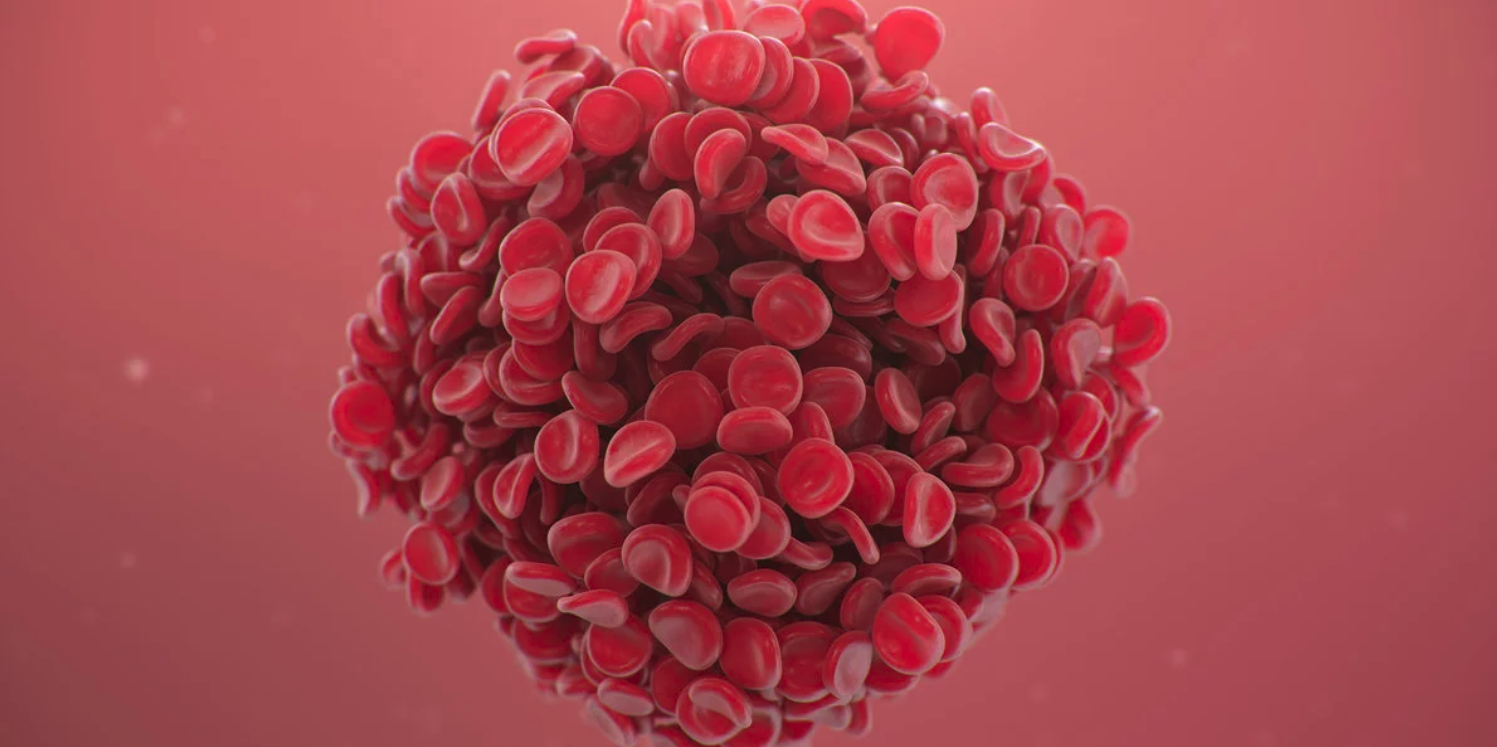

Some of Zhao’s team’s recent studies produced robots so nimble they could be deployed inside veins to remove blood clots. | iStock/Rost-9D
 When Renee Zhao looks at soft-bodied creatures like an octopus or inchworm, she watches how their shapes distort when they move. Not a biologist, but a mechanical engineer, she’s imagining how that functionality would translate into tiny robots capable of navigating the squishy, twisted insides of the human body.
When Renee Zhao looks at soft-bodied creatures like an octopus or inchworm, she watches how their shapes distort when they move. Not a biologist, but a mechanical engineer, she’s imagining how that functionality would translate into tiny robots capable of navigating the squishy, twisted insides of the human body.
A longtime lover of robots, Zhao wants to send hers over the walls of damp stomachs and into narrow arteries. If there’s a dark, wet place where doctors struggle to access, she wants to build a robot that can go there. A designer of smart materials, Zhao through her research seeks to help us confront major health issues, from heart attack prevention to post-surgical care, with new technology. Some of her team’s recent studies produced robots so nimble they could be deployed inside veins to remove blood clots, and a hydrogel matrix so smart it can mimic brain tissue to get to the root of neurological disorders. By pointing her research in this direction, she’s preparing to change how we approach health care.
Arriving at Stanford University as an assistant professor of mechanical engineering last fall, Zhao came to campus specifically to break this new ground. She immediately launched several collaborations with researchers in the Department of Medicine to explore how smart materials devised by her team at the School of Engineering’s Soft Intelligent Materials Laboratory can be used to create a new frontier for biomedical devices.
“It’s a very different mindset when we think about developing a new technology and then applying this technology to a specific biomedical application,” Zhao says. “We’re not doctors, and we need to know what will be important clinical challenges and how our technology could be helpful.”
Where previously doctors would approach engineers to make devices out of existing materials, Zhao’s lab reverses the discovery process by creating new smart materials first, then consulting with doctors to see where those materials might fit best into medical practice. Working together, Zhao’s lab and medical experts dream up devices with greater functionality, seeking new ways to treat and diagnose common diseases. The more materials they develop, the more applications doctors can help them find, and because this approach is so new, there’s already a variety of materials to test. “Now we have a lot of novel materials that could be used in biomedical systems,” Zhao says. “It just opened up so many possibilities.”
A decade ago, Zhao pursued her bachelor’s degree in mechanical engineering at China’s Xi’an Jiaotong University precisely because she noticed the field touched so many different subjects. She saw it as a bridge to explore all disciplines.
She finished her education in the U.S., earning a master’s degree and PhD in mechanical engineering from Brown University, followed by postdoctoral research at the Massachusetts Institute of Technology. Then, she became an assistant professor in the Department of Mechanical and Aerospace Engineering at The Ohio State University. As she was pioneering research in this new field, her key focus emerged: She would develop smart materials that could be used to wirelessly control biomedical devices. To do this, she uses soft materials like polymers, gels, fabrics, foams, liquid crystals and other forms of matter that can derive energy from and respond to magnetic fields or heat in the human body. These stimuli-responsive robots are smaller and less invasive, without bulky motors but with more robust motion and navigational capability.
Currently, Zhao’s team focuses on developing agile motion of robots under control by magnetic fields for biomedical applications. However, there’s an added benefit to the larger engineering field that’s come from the mechanical engineer finding her niche. These biomedical device designs can inspire new functionality for systems outside the medical world.
That’s what happened last year when Zhao’s team published a study in Proceedings of the National Academy of Sciences, unveiling a robotic arm with motions inspired by an octopus and a foldable structure inspired by origami. The device is made from smart materials that derive energy from magnetic fields to stretch, twist, fold and manipulate objects in environments with limited access, potentially paving the way for more comfortable insertion of medical devices like breathing tubes or catheters. Recently, PNAS selected this paper as a Cozzarelli Prize Finalist, celebrating Zhao’s team’s research for making outstanding contributions to the field.
Zhao says as notable as the advancements that her team made in materials science and actuation with the robotic arm design, part of the buzz around the study was due to the origami-based structural advancements. Many researchers across disciplines paid attention, because if you took the same design and changed the actuation method, suddenly there were many opportunities for applications in other areas relying on robots to perform operations while traveling difficult terrain. In Zhao’s lab, medical experts might advise the designs, but advancing the field of engineering remains a top priority. “We, as scientists and engineers, still want to focus on the fundamental questions in the engineering field,” Zhao says.
Stanford is the perfect place for that, Zhao says. Today she feels prepared to make significant progress with biomedical devices because of the collaborative campus environment. “All these materials, they have applications in the biomedical field, and because Stanford is a very special place with such a large and strong Department of Medicine, we want to keep this collaboration going to maximize the impact of our technology,” Zhao says.
Still in its infancy as a field, biomedical applications of soft robotics has gained much interest recently because these smart materials have so much potential to interact successfully with the human body.
Zhao expects that materials science will continue to drive solutions in the biomedical sphere. Next, her lab plans to look beyond magnetic actuation and expand what her robots can do by adding thermally responsive materials to the mix. She says the more she communicates with the Department of Medicine, the more creative her lab becomes and the more opportunities there are to create major advancements in both health care and engineering fields.
Like her robots crawling through veins questing to break down barriers to effective treatment, she sees every discussion as inching closer to better engineering solutions. “Gradually, this kind of communication and collaboration really helps,” Zhao says.
Smart materials could revolutionize biomedical devices - by Ashley Belanger - Stanford Engineering - March 14, 2022


